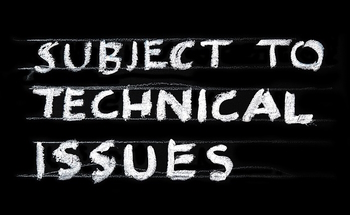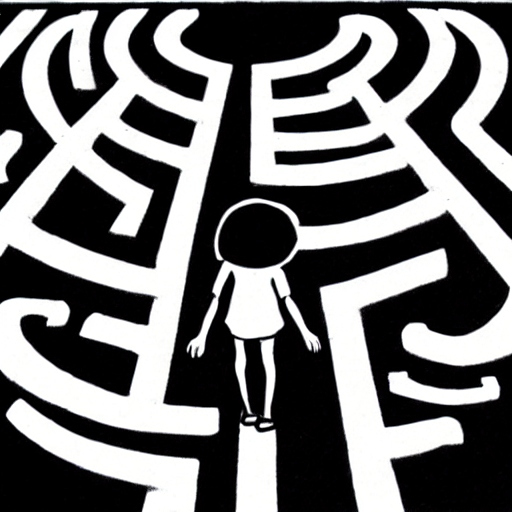
Critical thinking is the ability to suspend judgement, and to consider evidence, observations and perspectives in order to form a judgement, requiring rational, skeptical and unbiased analysis and evaluation.
It’s can be difficult, particularly being unbiased, rational and skeptical in a world that seems to require responses from us increasingly quickly.
Joe Árvai, a psychologist who has done research on decision making, recently wrote an article about critical thinking and artificial intelligence.
“…my own research as a psychologist who studies how people make decisions leads me to believe that all these risks are overshadowed by an even more corrupting, though largely invisible, threat. That is, AI is mere keystrokes away from making people even less disciplined and skilled when it comes to thoughtful decisions.”
“The hidden risk of letting AI decide – losing the skills to choose for ourselves‘”, Joe Árvai, TheConversation, April 12, 2024
It’s a good article, well worth the read, and it’s in the vein of what I have been writing recently about ant mills and social media. Web 2.0 was built on commerce which was built on marketing. Good marketing is about persuasion (a product or service is good for the consumer), bad marketing is about manipulation (where a product or service is not good for the consumer). It’s hard to tell the difference between the two.
Inputs and Outputs.
We don’t know exactly how much of Web 2.0 was shoveled into the engines of generative AI learning models, but we do know that chatbots and generative AI have become considered more persuasive than humans. In fact, ChatGPT 4 is presently considered 82% more persuasive than humans, as I mentioned in my first AI roundup.
This should at least be a little disturbing, particularly when there are already sites telling people how to get GPT4 to create more persuasive content, such as this one, and yet the key difference between persuasion and manipulation is whether it’s good for the consumer of the information or not – a key problem with fake news.
Worse, we have all seen products and services that had brilliant marketing but were not good products or services. If you have a bunch of stuff sitting and collecting dust, you fell victim to marketing, and arguably, manipulation rather than persuasion.
It’s not difficult to see that the marketing of AI itself could be persuasive or manipulative. If you had a tool that could persuade people they need the tool, wouldn’t you use it? Of course you would. Do they need it? Ultimately, that’s up to the consumers, but if they in turn are generating AI content that feeds the learning models in what is known as synthetic data, it creates it’s own problems.
Critical Thought
Before generative AI became mainstream, we saw issues with people sharing fake news stories because they had catchy headlines and fed a confirmation bias. A bit of critical thought applied could have avoided much of that, but it still remained a problem. Web 2.0 to present has always been about getting eyes on content quickly so advertising impressions increased, and some people were more ethical about that than others.
Most people don’t really understand their own biases, but social media companies implicitly do – we tell them with our every click, our every scroll.
This is compounded by the scientific evidence that attention spans are shrinking. On average, based on research, the new average attention span is 47 seconds. That’s not a lot of time to do critical thinking before liking or sharing something.
While there’s no real evidence that there is more or less critical thought that could be found, the diminished average attention span is a solid indicator that on average, people are using less critical thought.
“…Consider how people approach many important decisions today. Humans are well known for being prone to a wide range of biases because we tend to be frugal when it comes to expending mental energy. This frugality leads people to like it when seemingly good or trustworthy decisions are made for them. And we are social animals who tend to value the security and acceptance of their communities more than they might value their own autonomy.
Add AI to the mix and the result is a dangerous feedback loop: The data that AI is mining to fuel its algorithms is made up of people’s biased decisions that also reflect the pressure of conformity instead of the wisdom of critical reasoning. But because people like having decisions made for them, they tend to accept these bad decisions and move on to the next one. In the end, neither we nor AI end up the wiser…”
“The hidden risk of letting AI decide – losing the skills to choose for ourselves‘”, Joe Árvai, TheConversation, April 12, 2024
In an age of generative artificial intelligence that is here to stay, it’s paramount that we understand ourselves better as individuals and collectively so that we can make thoughtful decisions.






